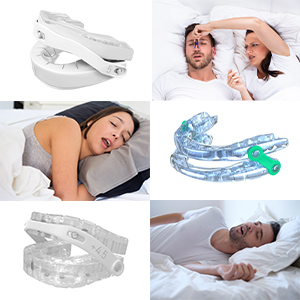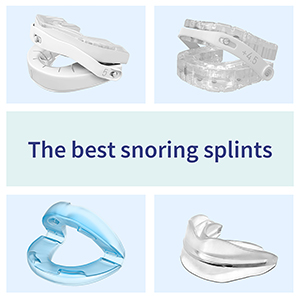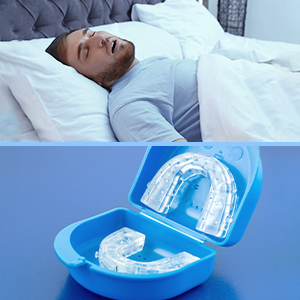Although in principle anyone can become a snorer, there are a few factors that predispose you to the risk of snoring. Here you can read how high the snoring risks are and what you should avoid in order to be able to enjoy a good night’s sleep again.
Weight
One of the most important causes of snoring is obesity. Overweight people have fat deposits in their bodies. Everyone knows that. However, very few people are aware that fat accumulates in the mouth and throat. This additionally narrows the airway in the pharynx (throat) and thus promotes those annoying snoring noises. Pathological forms of snoring (obstructive sleep apnea, OSA) also develop as a result.
It is therefore not surprising that a US study from 2008 came to the conclusion that obesity (being excessively overweight) increases the risk of snoring and the potential of developing OSAS. In slightly to moderately overweight men, the prevalence of OSA was about 40 percent, and in severely overweight patients it was as high as 40 to 90 percent. This means that in the worst case, 9 out of 10 obese patients also had OSA. With a body mass index (BMI) of 30 and more, snoring or even OSA is very often an issue.
You can easily determine your BMI with the following formula:

Obesity often leads to tongue-based snoring, mandibular advancement devices or positional therapy vests or backpacks can help prevent snoring in this instance. As a result of obesity vibrations in the fatty tissue of the palate may also occur, which can often be prevented through a mandibular advancement device.
Alcohol
Does this sound familiar to you? Your partner does not normally snore. But as soon as they indulge in drinking alcohol, they saw down whole forests!
The explanation: Alcohol relaxes the muscles in the pharynx (throat) even more than sleep without alcohol. The tissue slackens a lot and produces vibrations as a result of the air that flows over these flabby tissues, this produced a noise which we perceived as snoring.
By the way, snorers who indulge in alcohol consumption have an increased risk that their primary snoring will develop into pathological snoring. According to a study alcohol lowers the respiratory activity of the upper respiratory tract, centrally
This could potentially reduce the elasticity of the tissue in this area and promote the collapse of the upper respiratory tract. However, this assumption has not yet been conclusively proven by studies .
Medication
There are medications that promote snoring and in extreme cases can even lead to obstructions of the respiratory tract (so-called sleep apnea). The active principle is similar to that of alcohol: the drug lowers the muscle tone in the pharynx. The passing flow of air causes the flabby tissue to vibrate and we perceive the frequency of the oscillations as snoring noise. The drugs that promote snoring are primarily sleeping pills and tranquilizers that contain substances such as benzodiazepines, barbiturates and antihistamines.
How to stop snoring? Take our snoring test or take a look at some of our most popular anti-snoring products.
Men’s business
Men snore more often and usually louder than women. A study by Semmelweis University in Budapest found that about 45 percent of all men over the age of 18 snore. The proportion of women snoring who snore is only 24 percent. This is due to the female sex hormones; the oestrogens. Oestrogen has an influence on the serotonin level. Serotonin, a messenger substance in the brain – also known as one of the happiness hormones – is important, among other things, for maintaining muscle tension. If less oestrogen is present, the serotonin level also decreases. This lowers muscle tone and results in slackening of the muscular walls of the airways during the night, which leads to them being more susceptible to collapsing.
However, this is only the case until menopause. After that, the oestrogen level drops and the snoring level rises in women. Similarly the rate of snoring among men also rises with advancing age: to just over 50 percent of the male population.
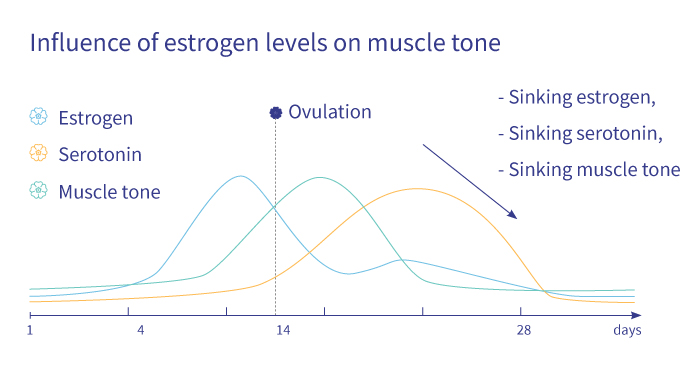
Sleeping Position
One’s sleeping position also has a determining effect on whether you snore or not. If you sleep on your back , the tissue in the pharynx (throat) slides backwards – thanks to gravity. Depending on your individual anatomy, the tissue (and also the base of the tongue, i.e. the most posterior part of the tongue muscle) can sag so far back into the throat that it impairs or completely interrupts the flow of air through the airways. In most cases this results in so-called tongue-based snoring. Mandibular advancement devices or positional therapy vests or anti-snore backpacks help with this type of snoring. In addition, specially shaped anti-snoring pillows can also be useful, as they gently guide the head into a side position.
Anatomical Features
Snoring can also be facilitated by certain anatomical features. This is genetically determined. In the case of sleep apnea, this could lead to increased snoring risks and the higher likelihood of developing OSAS if there have already been cases of sleep apnea in the relatives. At any rate, a US study from 2009 tends to support this view .
The anatomical features that predispose one to snoring include constrictions in the mouth, nose and throat. The narrow spots are caused by enlarged body parts such as uvulas, soft palates and tongue muscles. An experienced ear, nose and throat specialist can therefore often make initial observations regarding the probable causes of snoring through a simple glance in the mouth.
Typical suspicions for mouth-based snoring are a thickened and prolonged uvula or palatine arches that extend deep into the throat, a so-called “slackened soft palate”.Indications for tongue-based snoring can be an above-average sized, muscular tongue or jaw misalignments such as a “receding chin” (so-called mandibular retrognathia). In the latter case, the lower jaw is conspicuously shifted far backwards and thus narrows the airways, especially when lying on the back.
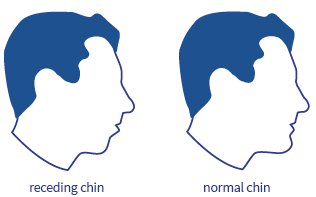
Often also an obstructed nasal breathing leads to snoring, so-called nasal snoring. In many snorers, either the conchae are enlarged or the nostrils are too small. Last but not least, nasal polyps can also be the culprits. Nasal dilators can be a good solution for nasal snoring.
In summary, it can be said that the four big “culprits of snoring” are the mouth, nose, tongue and the sagging tissue in the throat.
Find the solution for your snoring with our free snoring test
Free of charge and takes only 3 minutes. Over 95,000 people have taken the test already.
Mandibular advancement device (MAD) purchasing guide
Advises you what you should pay attention to when buying a mandibular advancement device (MAD). We present different models and technical approaches here.
Mandibular advancement device comparison
All our mandibular advancement devices compared based on comfort, application, cleaning and much more.
Mandibular advancement device guide – answers based on practical experience
Mandibular advancement devices can help with sleep apnoea in a lot of cases. They are now also provided by the NHS. Find out how exactly they can help, and when they are provided by the NHS.
Medical Doctor, Berlin
Jan Wrede works as a medical doctor in Berlin. He studied medicine at FAU University in Erlangen-Nuremberg and Semmelweis University in Budapest. He had already written numerous scientific articles during his studies, especially on the subject of snoring.



